Decoding the Popularity of Amazon Kindle Paperwhite
Among the array of e-readers available, the Kindle Paperwhite stands out for its balance of features and affordability. It’s not just a device for reading digital books, it’s an experience that mimics the feel of reading a physical book, thanks to its e ink screens. The Kindle Paperwhite and its variant, the Kindle Paperwhite Kids, are designed to cater to a wide range of audiences, including those seeking services like personal statement writing service like essayservice.com. The ‘send to Kindle’ feature simplifies how readers add new content, seamlessly integrating with platforms like ‘kindle.com’. This model’s popularity also stems from its user-friendly interface, which includes the ‘amazon send to Kindle’ function, making the process of acquiring new books as simple as a few clicks. Additionally, the Kindle Paperwhite has addressed common issues like ‘Kindle not working’ with robust customer support and an extensive ‘Kindle FAQ’ section.
An interesting aspect of the Kindle ecosystem is the integration of third-party services like Tinderizer. Tinderizer allows users to send web articles to their Kindle device with a simple click. Initially named Kindlebility, it had to be renamed following a friendly request from Amazon’s legal team. This service, while free, may incur charges from Amazon’s Personal Document Service. Users previously using Kindlebility are advised to update their bookmarklets as the old domain will eventually be phased out. While Tinderizer itself doesn’t charge, donations are welcomed to support the service. This addition enhances the Kindle experience, making it not just a tool for reading books but also a convenient way to consume web content. For students and researchers who are exploring the impact of such technological advancements on reading habits, coursework writing service offers comprehensive resources and assistance in analyzing and documenting these trends in a scholarly format.
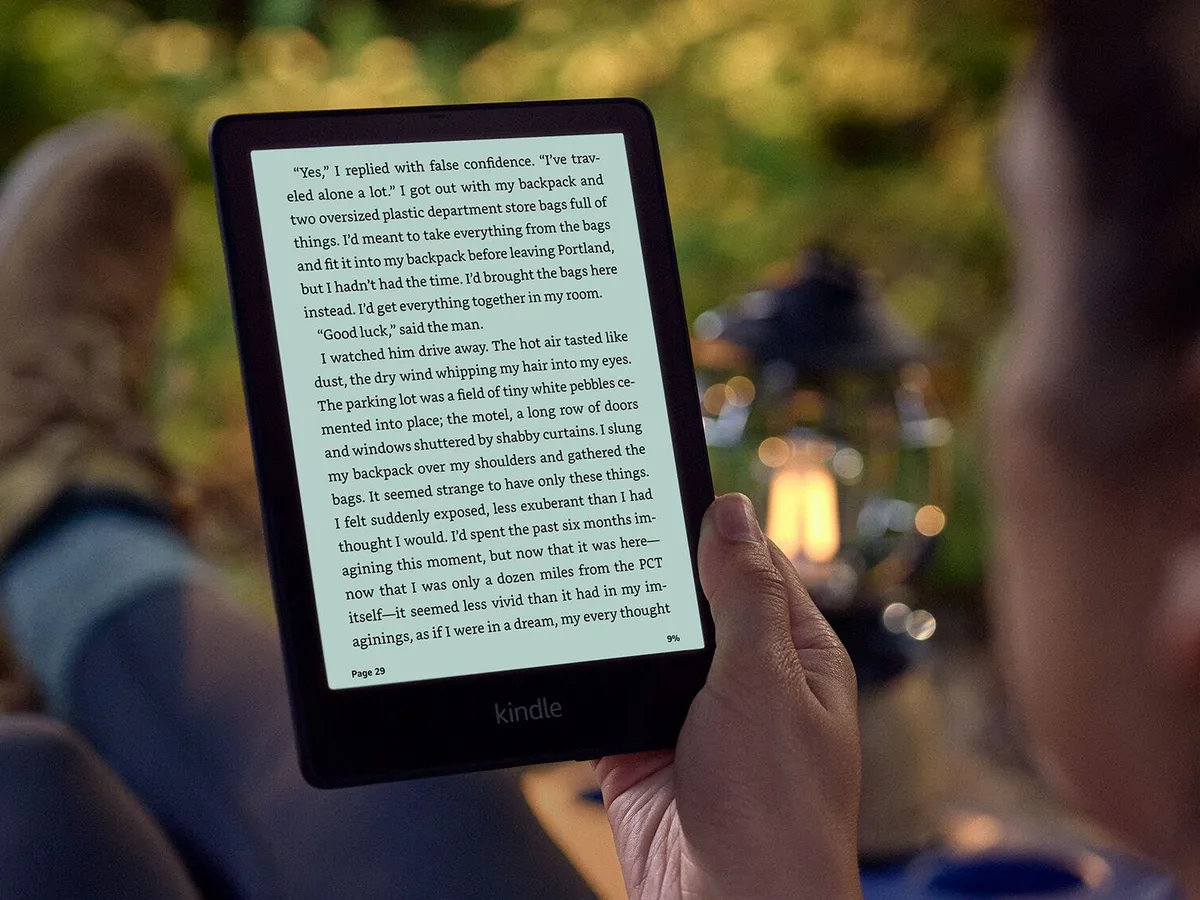
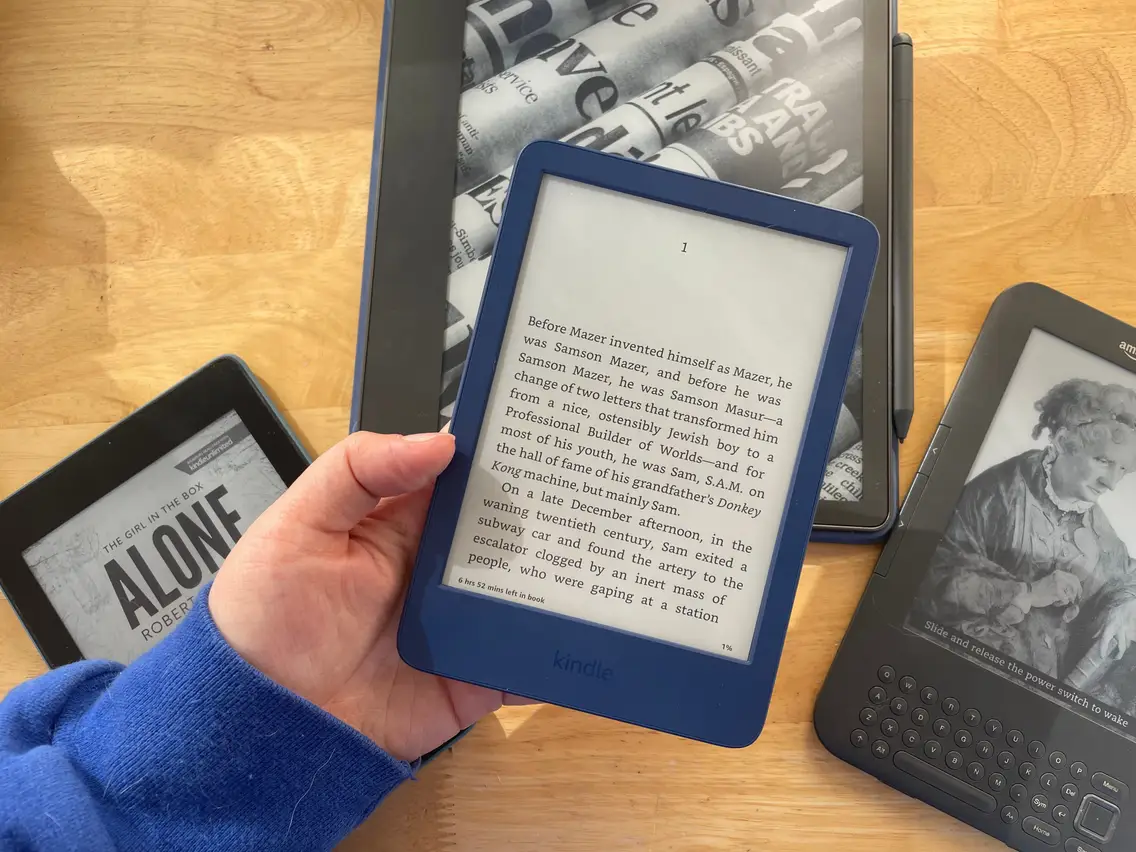
Kindle Scribe: Revolutionizing Note-Taking and Reading
The Kindle Scribe represents a significant leap in the evolution of e-readers. It’s not just an ebook reader, it’s a versatile e ink tablet that caters to the needs of readers and note-takers alike. This device combines the immersive reading experience of traditional Kindle devices with the practicality of a notepad. Its integration with the ‘send to Kindle app’ and ‘web Kindle’ functionalities allows users to manage their reading and writing tasks effortlessly. However, users occasionally face issues like ‘send to Kindle not working’, which are typically resolved through support channels and the ‘Kindel FAQ’. The Kindle Scribe, with its dual functionality, caters to a broader demographic, appealing not only to book lovers but also to professionals and students who benefit from its note-taking capabilities. In discussing the unique intersection of technology and creativity, WritePaper delves into topics such as the influence of E-Readers on modern reading practices. This writing service supports academic exploration into how digital platforms like E-Readers are reshaping the way we consume literature and educational material, making it a valuable resource for students examining the evolution of reading in the digital age.
The Impact of E-Readers on Traditional Book Readers
The rise of e-readers has sparked a debate among traditional book enthusiasts and tech-savvy readers. While some argue that nothing can replace the feel of a physical book, e-readers like the Amazon Kindle and other ebook readers offer undeniable convenience. The ability to carry an entire library in a single device, access to a wide range of library ebooks, and features like ‘sendtokindle chrome’ extension have attracted many to the digital reading world. E-readers have also evolved to include features that cater to various reading preferences, such as adjustable font sizes and ‘dark mode’ for night reading. Despite these advancements, there remains a segment of readers who prefer the tactile sensation and nostalgia associated with physical books. Utilizing a writepaper promo code for essays or research papers on “E-Readers” can be particularly advantageous for students or researchers looking into digital reading trends. This promo code allows for cost-effective access to services dedicated to exploring the impact of E-Readers on literacy, publishing, and reading habits in the modern world.
Navigating the Wide World of Ebook Reader Choices
Choosing the right e-reader can be a daunting task, given the multitude of options available. From entry-level models like the basic Kindle to more advanced ones like the Kobo Libra, each e-reader offers distinct features. For instance, the Kindle Paperwhite is known for its long battery life and crisp ink display, while the Kobo Libra stands out for its physical page turn buttons and compatibility with multiple reading apps. When selecting an e-reader, it’s essential to consider factors like screen size, wireless charging capabilities, and access to a comprehensive ebook store. Websites like ‘kindle.com’ and ‘kobo store’ provide detailed comparisons to help users make informed decisions. Additionally, features like ‘send to Kindle’ and ‘amazon send to Kindle’ enhance the convenience of acquiring and reading digital books on these devices.
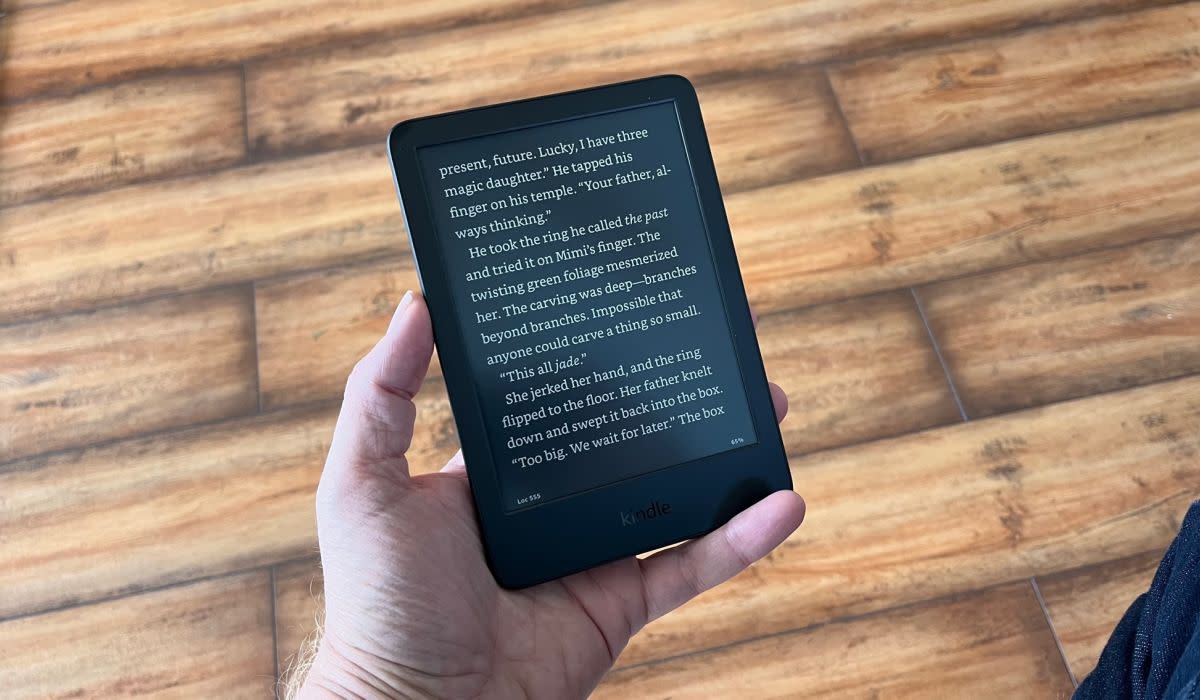
Future Trends: What’s Next for E-Readers?
The future of e-readers looks promising, with potential advancements in technology that could further enhance the reading experience. We might see innovations like OLED screens, which offer better contrast and color representation, and further improvements in battery life. There’s also a growing trend towards multifunctional devices, as seen with the Amazon Kindle Scribe, which combines reading and writing tools. Another exciting prospect is the integration of AI technology, which could offer personalized reading recommendations and adaptive brightness settings based on ambient light. As e-readers continue to evolve, they will likely become even more integral to our daily lives, offering a blend of convenience, efficiency, and enjoyment in reading and note-taking.
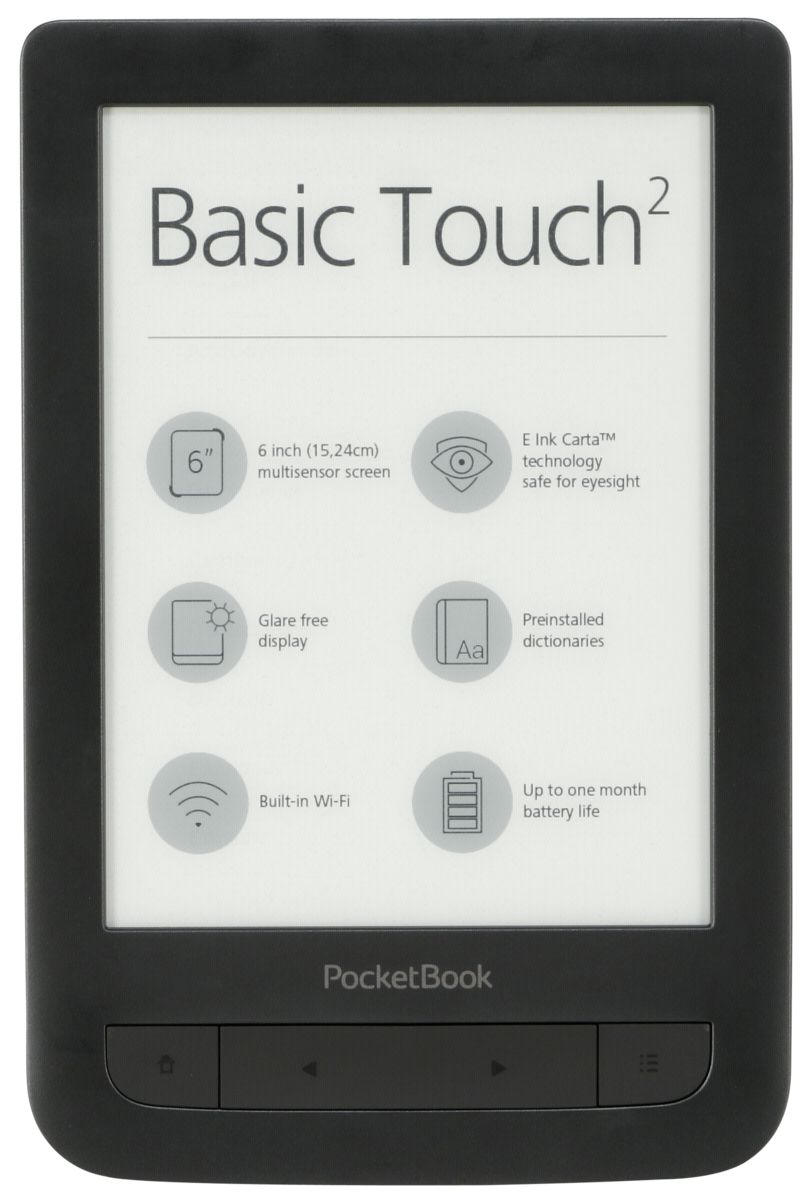
User Experience: How E-Readers Enhance Reading Comfort and Accessibility
E-readers have significantly improved the reading experience by offering features that enhance comfort and accessibility. Devices like the Kindle and Kobo e-readers come equipped with e ink screens that reduce eye strain, making them suitable for prolonged reading sessions. Features like adjustable backlight and ‘dark mode’ further reduce the impact of blue light, especially during nighttime reading. The availability of various screen sizes caters to different reading preferences, with larger screens offering an experience closer to reading a physical book. E-readers also offer the convenience of storing thousands of books, making them an excellent choice for avid readers who travel frequently. Moreover, their ability to support multiple file formats, including EPUB files and PDFs, allows users to access a wide range of content from different sources.
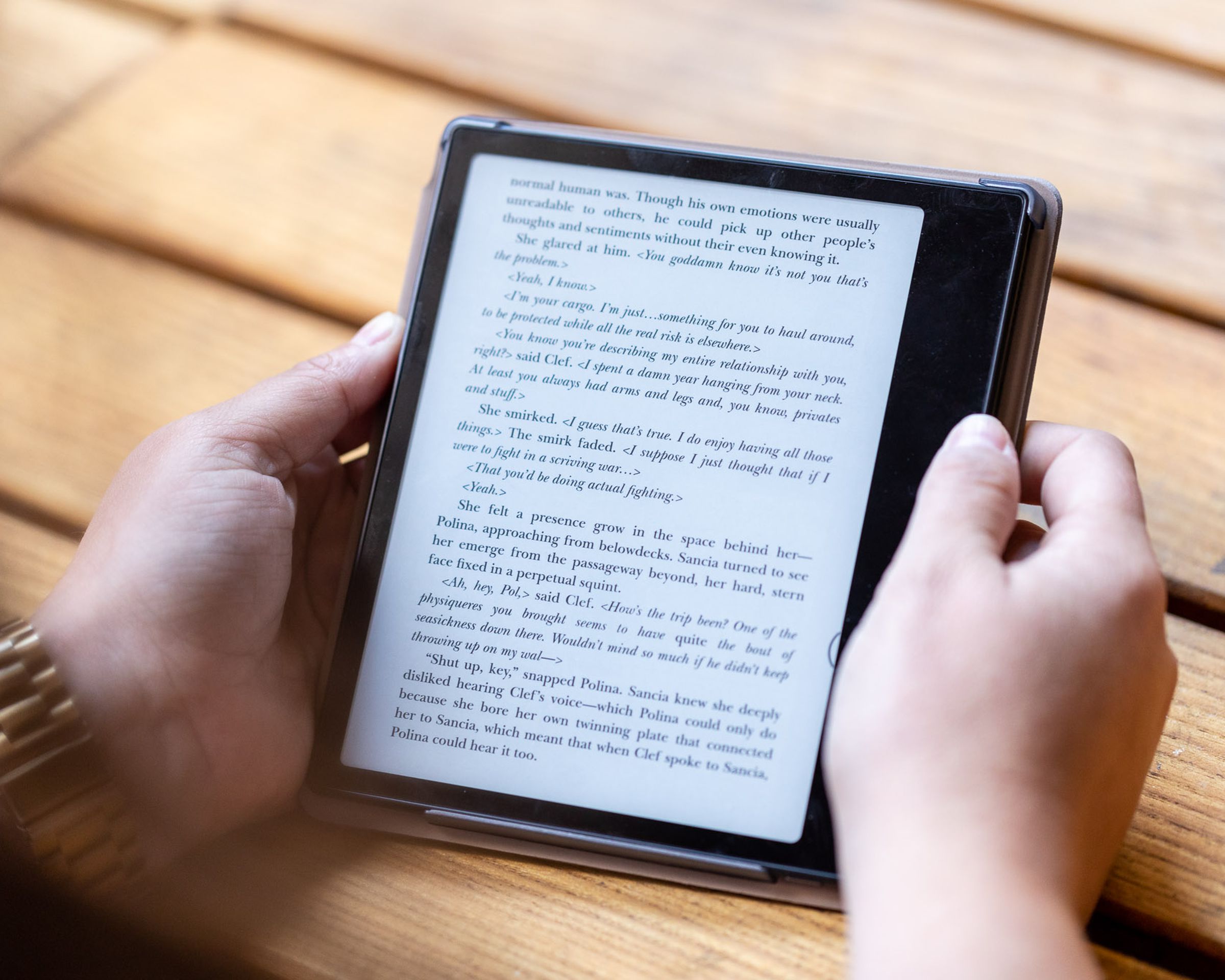
Balancing Digital and Physical: The Coexistence of E-Readers and Printed Books
The advent of e-readers doesn’t spell the end for physical books, rather, it offers an alternative that complements traditional reading habits. Many readers find joy in the tactile feel of physical books and the unique experience they provide. However, the convenience and features of e-readers, such as the ability to carry an entire digital library, access to online ebook stores, and features like ‘send to Kindle email,’ appeal to the modern reader. This has led to a balanced coexistence, where readers can enjoy the best of both worlds. E-readers like the Amazon Kindle Paperwhite and the Kobo Clara HD offer affordable access to a vast range of digital books, while printed books continue to provide a sense of physical ownership and nostalgia.